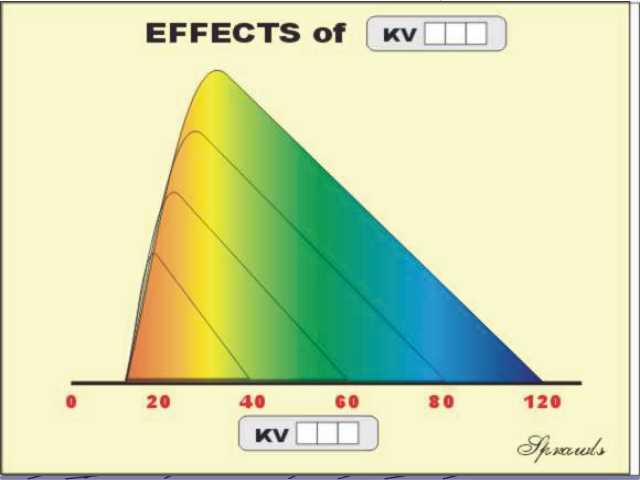

What is X-ray?
X-rays are short-wavelength electromagnetic radiation by the deceleration of high-energy electrons or by electronic transitions of electrons in the inner orbitals or atoms.The wavelength range of X-rays is from about 10e-5A to 100A;conventional X-ray spectroscopy is,however ,highly confined to the region of about 0.1A to 25A (1A=0.1nm=10e-10).
Emission of X-rays
For analytical purposes,X-rays are generated in four ways. 1.by bombardment of a metal target with a beam of high energy electrons ,2) by exposure of a substance to a primary beam of X-rays to generate a secondary beam of X-ray fluorescence,3)by use of a radioactive source whose decay process results in X-ray emissions,and 4)from a synchrotron radiation source. Only limited laboratory in US allows to produce X rays from synchrotron radiation.Contd.
Type rest of the post here
X-rays are short-wavelength electromagnetic radiation by the deceleration of high-energy electrons or by electronic transitions of electrons in the inner orbitals or atoms.The wavelength range of X-rays is from about 10e-5A to 100A;conventional X-ray spectroscopy is,however ,highly confined to the region of about 0.1A to 25A (1A=0.1nm=10e-10).
Emission of X-rays
For analytical purposes,X-rays are generated in four ways. 1.by bombardment of a metal target with a beam of high energy electrons ,2) by exposure of a substance to a primary beam of X-rays to generate a secondary beam of X-ray fluorescence,3)by use of a radioactive source whose decay process results in X-ray emissions,and 4)from a synchrotron radiation source. Only limited laboratory in US allows to produce X rays from synchrotron radiation.Contd.
Type rest of the post here
No comments:
Post a Comment